Biostatistics and Epidemiology Report
VerifiedAdded on 2019/11/19
|5
|744
|178
Report
AI Summary
This biostatistics and epidemiology report details a comparative study between a newly developed anticoagulant, Drug X, and the established anticoagulant, Warfarin. The study aims to determine if there's a significant difference in their blood anticoagulation capabilities. The null hypothesis posits no significant difference, while the alternative hypothesis suggests a significant difference. The study employs a diagnostic and observational design, involving 35 patients with deep vein thrombosis at San Louis Hospital in Turkey. Patients are randomly assigned to treatment groups receiving varying doses of either Drug X or Warfarin, with a control group included. Blood samples are collected at regular intervals, and prothrombin time and partial thromboplastin time are measured using specific reagents and equipment. Data analysis, using SPSS version 22, focuses on mean plasma concentrations and standard deviations, presented via graphs and tables. The study acknowledges limitations, such as potential sample homogeneity. The report concludes with references to relevant literature on anticoagulants and statistical analysis techniques.
1 out of 5
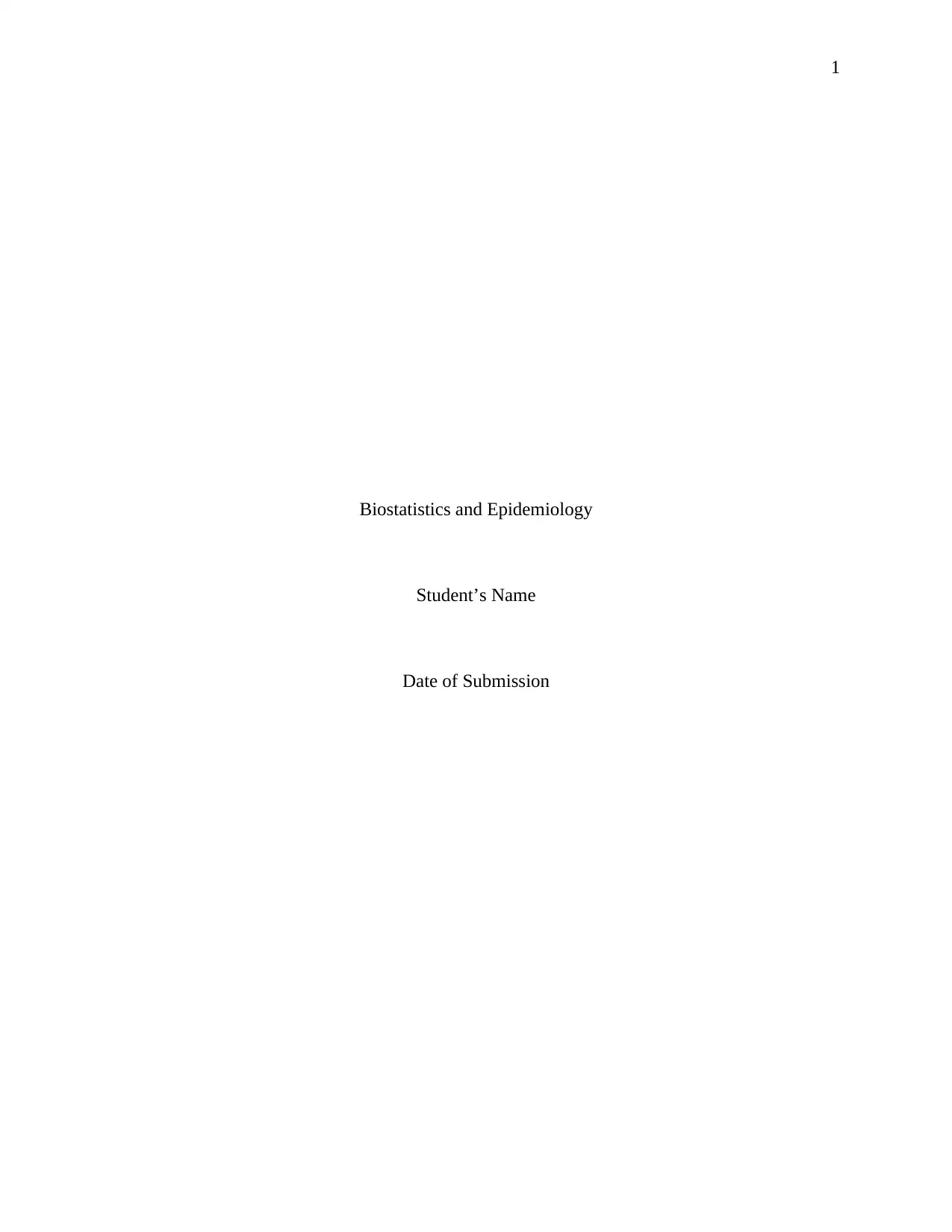
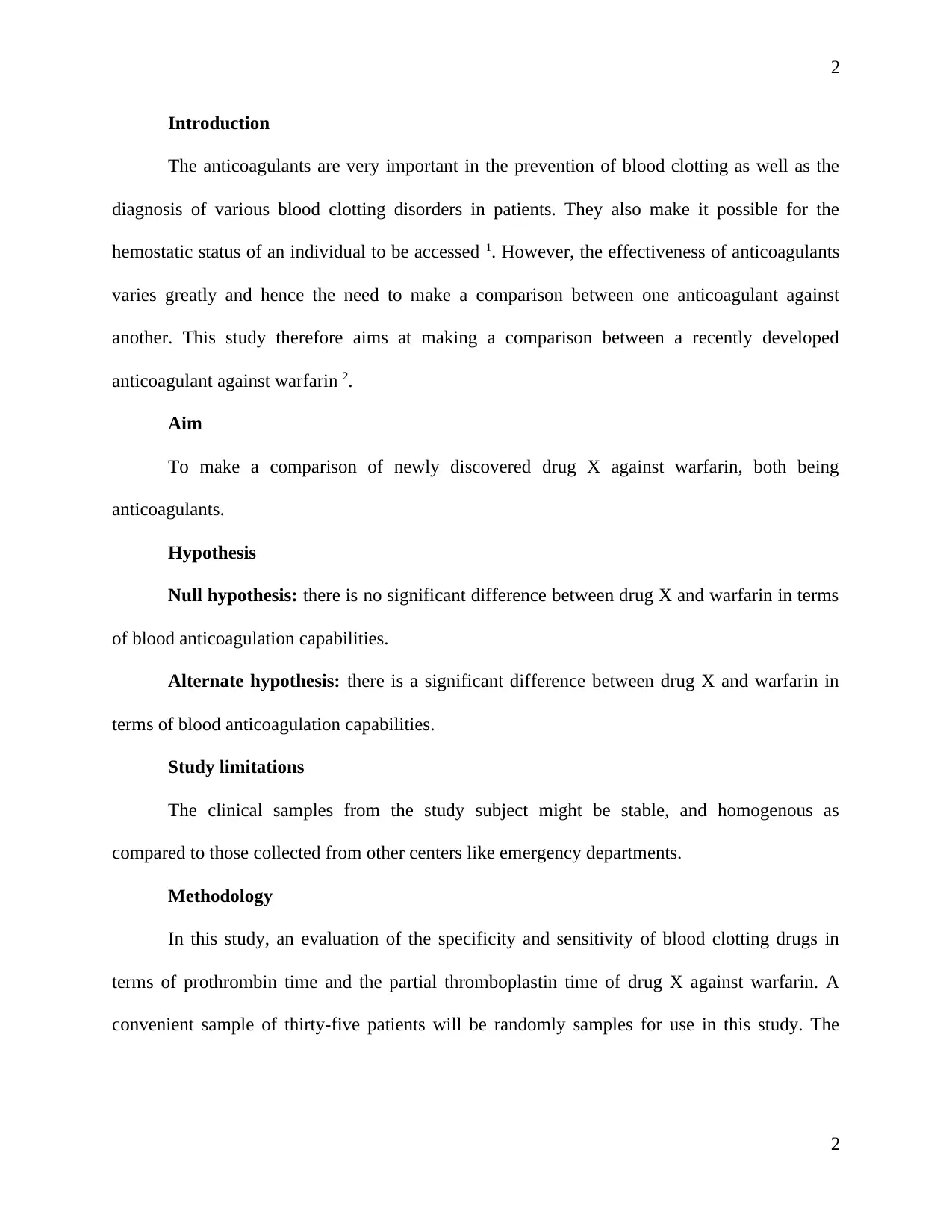
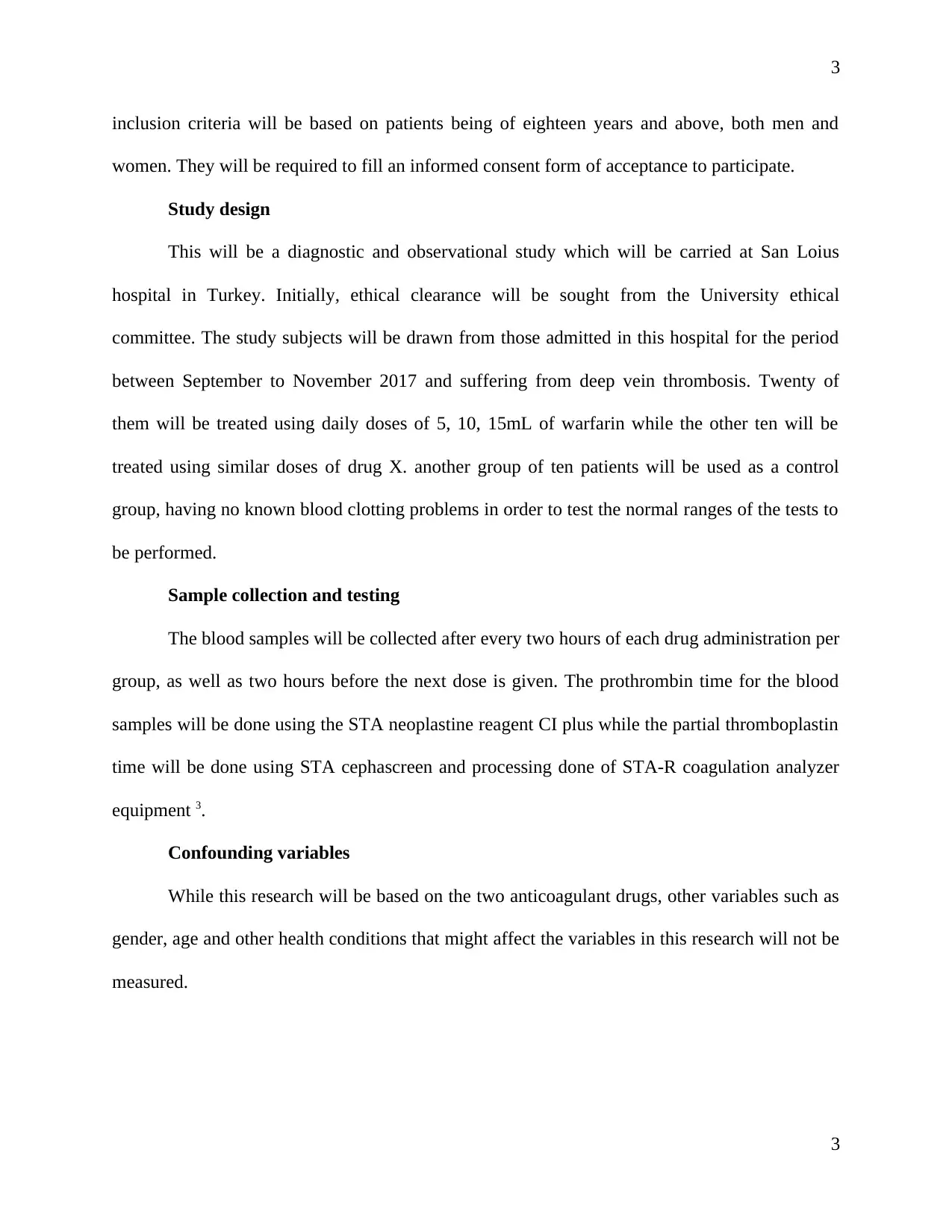

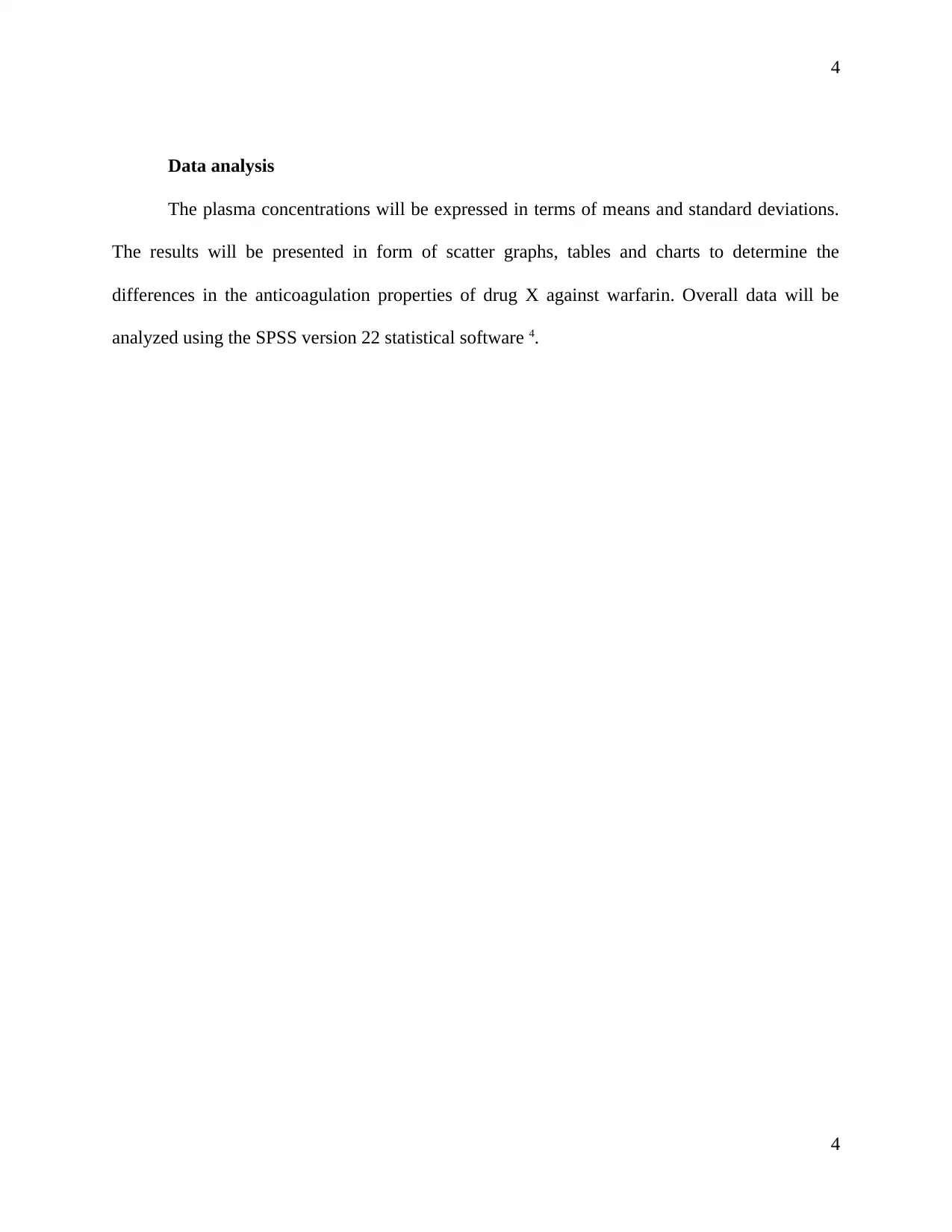
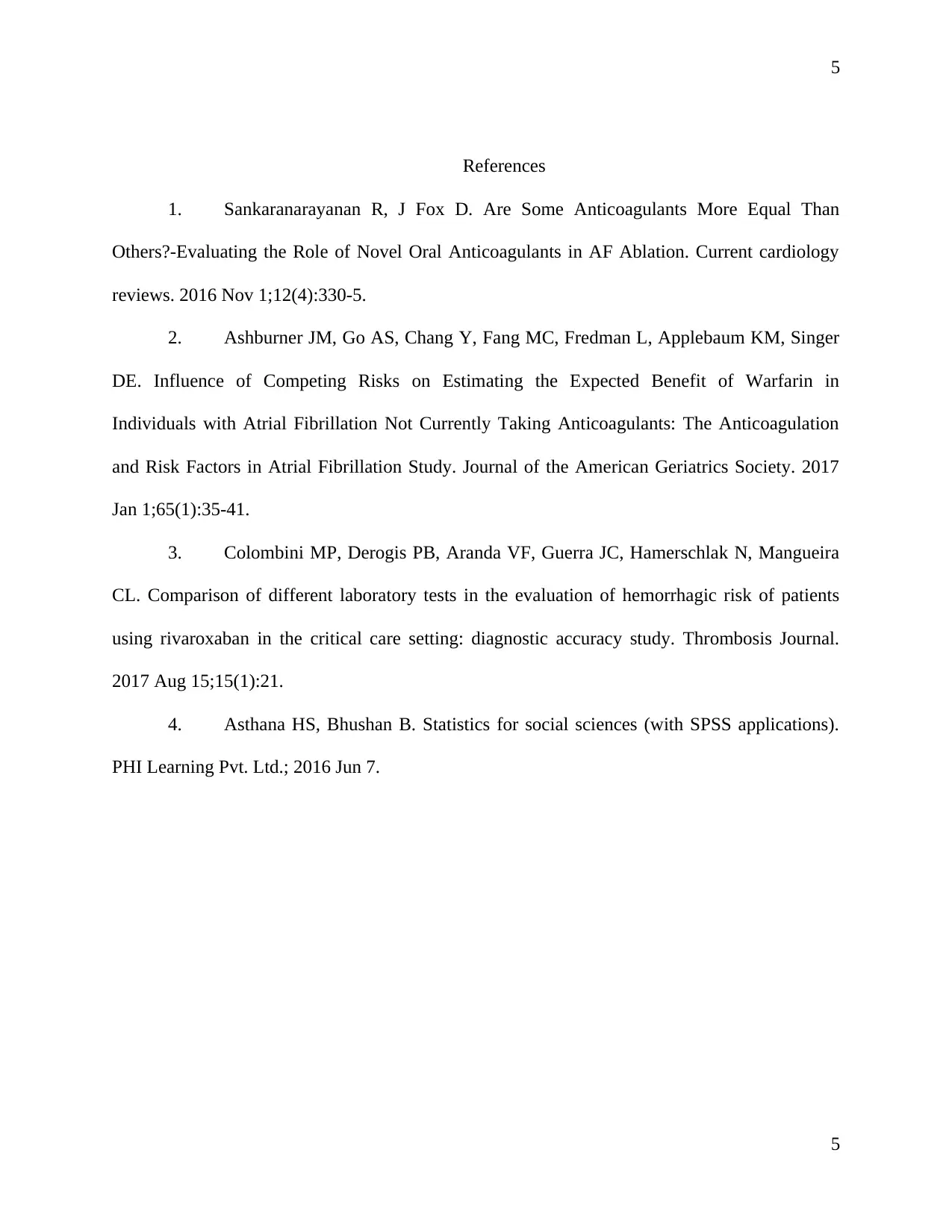



![[object Object]](/_next/static/media/star-bottom.7253800d.svg)